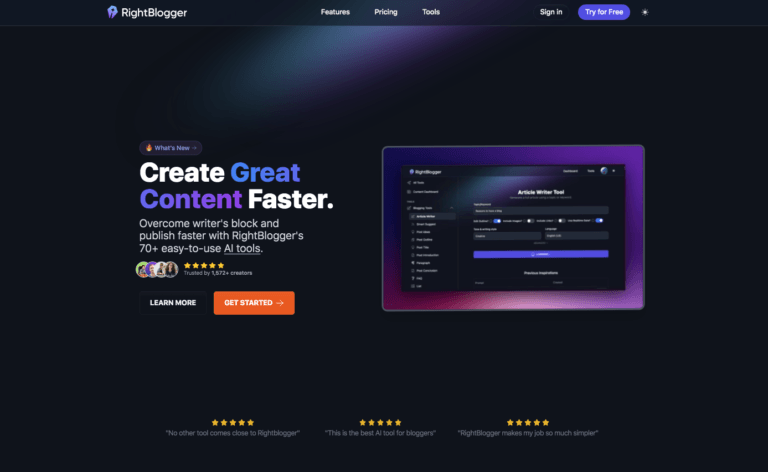Crafting the Perfect Blog Structure: A Guide for Effective Blogging
Crafting the Perfect Blog Structure
Every great blog post starts with a solid structure. A well-structured blog not only enhances readability but also keeps your readers engaged. This post will explore the key elements of an effective blog structure.

1. Captivating Headline
Your headline’s the first thing readers see, so make it catchy, clear, and concise. It should grab attention and hint at what the content’s about. Think of it as your elevator pitch—short but packed with enough info to make people want to read more. A good headline sets the tone for the piece and gives readers a reason to dive in. Keep it sharp but informative, so your audience knows exactly what to expect.
2. Intriguing Introduction
Start with a captivating intro to grab your reader’s attention. Use this section to give some background and set the mood for your writing. This opening should make them want to read more and understand what to expect from your post.
3. Organized Body Content
Break your content into clear, bite-sized sections. Use headings and subheadings to guide readers from one point to the next. Each section should make sense on its own and build towards the main topic. Think of each part as a stepping stone, helping readers stay on track and understand your message. This way, your post is easier to follow, and readers are more likely to stay engaged.
4. Use of Bullet Points and Lists
When it makes sense, use bullet points or lists to show information clearly. They help the reader scan the text quickly and understand it better. A few key points can stand out more in a list than in a paragraph. Also, lists break up long blocks of text, making the whole document easier to read.
5. Inclusion of Images and Media
Adding visuals can break up long blocks of text and make your content more engaging. Use relevant images to illustrate your points, infographics to present data clearly, and videos to explain complex ideas. This can make your content more dynamic and easier to understand.
6. Personal Touch
Share your personal insights or experiences. This adds a personal touch that makes your blog more relatable and engaging for your readers. By including your own stories or opinions, you create a connection that invites others to see things from your perspective. This can make your content not only more interesting but also more memorable.
7. Conclusion with a Call to Action
To wrap up, hit the main points again for clarity. Make sure your readers know the key takeaways. Then, urge them to get involved—maybe comment with their thoughts, share the post with friends, or check out other content you’ve got. Keep it engaging and open the door for more interaction.
8. Consistent Formatting
Keep your blog format consistent. This means using the same font sizes, styles, and color schemes throughout. It helps create a clean, professional look and makes your content easier to read. Consistency also builds your brand identity and improves the overall user experience. Remember, small details like these can make a big difference in how your readers perceive your blog. Stick to your chosen format to maintain a cohesive and polished appearance.
Conclusion
Creating a well-structured blog post is essential for attracting and keeping readers hooked. By following these guidelines, you’ll be crafting the perfect blog structure that makes your content not only informative but also a pleasure to read. Readers appreciate posts that are clear, visually appealing, and easy to navigate. So, take the time to format your post with subheadings, bullet points, and images. This will make your blog more engaging and increase the chances of it being shared. Happy blogging!







